Jet aircraft are faster than propeller-driven aircraft. It is a fact. But don't underestimate turboprops. Let's look at a small rating for the speed of screw machines. 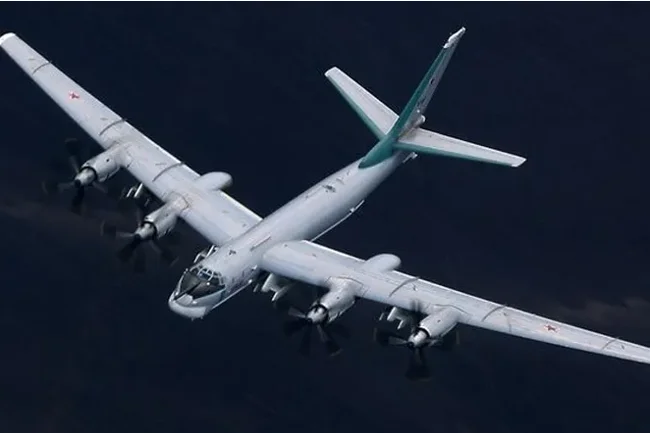
5th place. Piaggio P.180 Avanti Evo 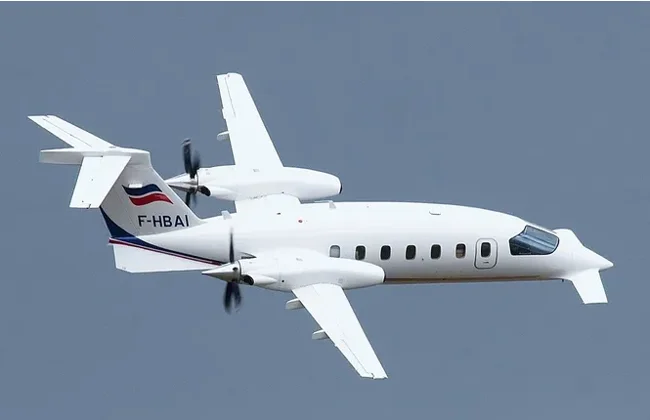
Cruising speed: 589 km/h
The business aircraft from Italy is a product of the modernization of the previous P.180 Avanti model. Its feature is push screws. It flies almost as fast as business jets, while using less fuel. True, its open blades are noticeably noisier than the impellers of turbofan engines.
4th place. Pilatus PC-21 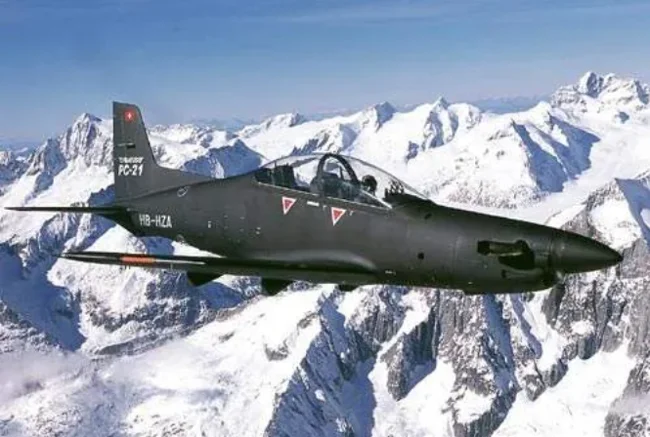
Cruising speed: 598 km/h
The Swiss trainer aircraft can be called a worthy successor to the Jacobs and Airacobras of the Second World War. It reaches speeds of up to 685 km/h, which makes it one of the fastest single-propeller aircraft and allows it to be used for training fighter pilots in conditions that are as close as possible to real flights on combat aircraft, including for conducting air combat training. Its avionics systems mimic many of the principles of military aircraft. The PC-21 is also used with pleasure in civil aviation as a light and fast aircraft for delivering passengers or cargo.
3rd place. Lockheed Martin C-130J Super Hercules 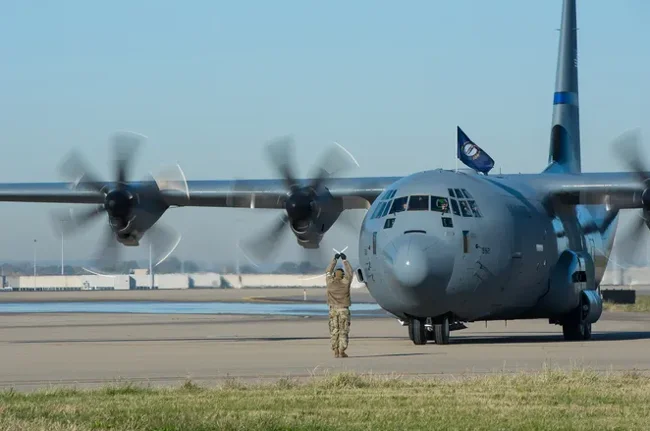
Cruising speed: 643 km/h
The Lockheed Martin C-130 Hercules military transport aircraft has been flying since 1954. In the nineties, the company carried out a deep modernization, lengthened the fuselage and installed new engines with six-blade propellers - and thus the C-130J Super Hercules was born. Speed is not its main advantage; first of all, this transporter has proven itself to be reliable and unpretentious - the reason why not only the military buy it with pleasure.
2nd place: Airbus A400M 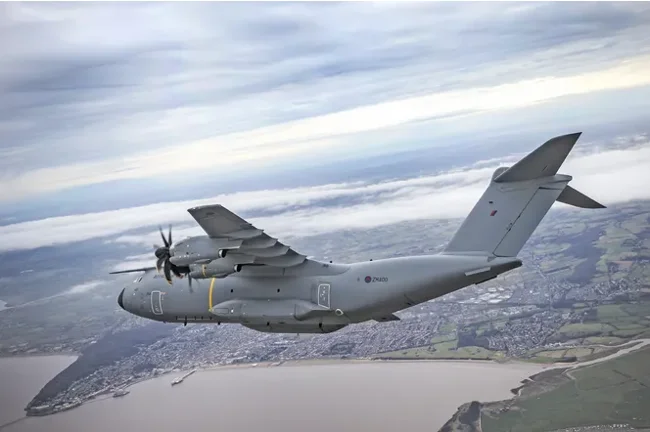
Cruising speed: 780 km/h
The European military transport aircraft is much younger than the American Hercules; it began flying in 2003. Airbus created it at the request of seven European countries. The members of the alliance were unhappy that they had to pay euros for the Super Hercules and asked the aviation concern to create their own, European car.
1st place: Tupolev Tu-95 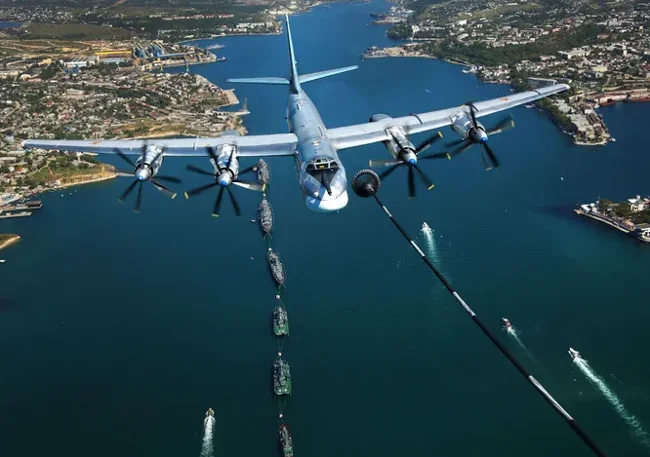
Cruising speed: 710 km/h
In terms of cruising speed, the strategic "carcass" is somewhat inferior to the European transport aircraft, but in terms of maximum speed it surpasses all other currently flying propeller-driven aircraft - 925 km/h, and the A400M is inferior to it in this characteristic by 100 km/h.
The first flight of this unusual machine took place back in 1952. The unusual thing is the power plant: four NK-12 engines drive double coaxial propellers, which can be seen extremely rarely. 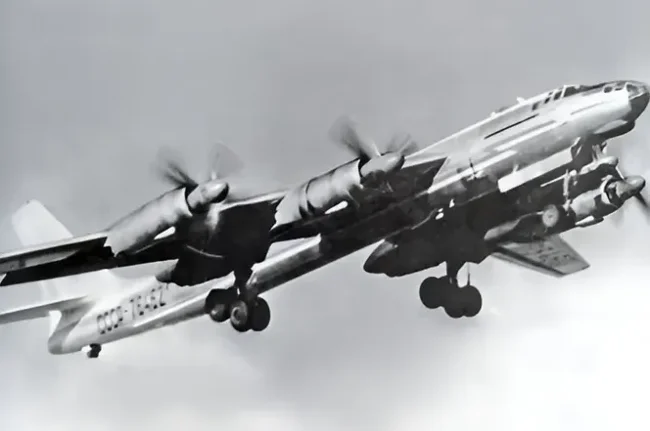
How the Tu-116 was created from the Tu-95. 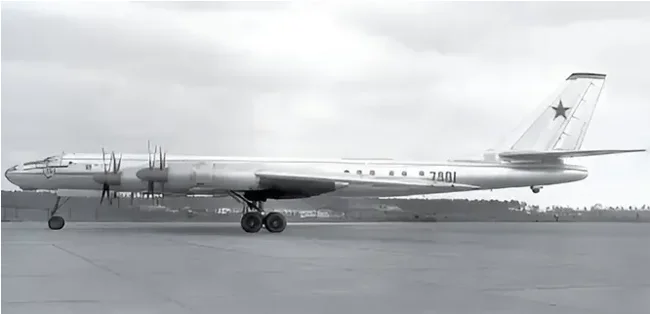
In July 1959, President Richard Nixon flew to the Soviet Union. Nikita Khrushchev's return trip was planned for September 1959. In order not to lose face, they hoped to send the Soviet leader on the new Tu-114 airliner.
However, since at that time the Tu-114 was still at the stage of development and then testing, they decided, just in case, to make a “makeshift” job - to quickly convert the Tu-95M bomber into a diplomatic aircraft.
The weapons were removed from the aircraft, and five living compartments were placed inside the fuselage:
government lounge for 3 seats,
salon for employees of the apparatus with 20 seats,
kitchen,
toilet,
separate cabin for security.
Portholes were cut into the sides. 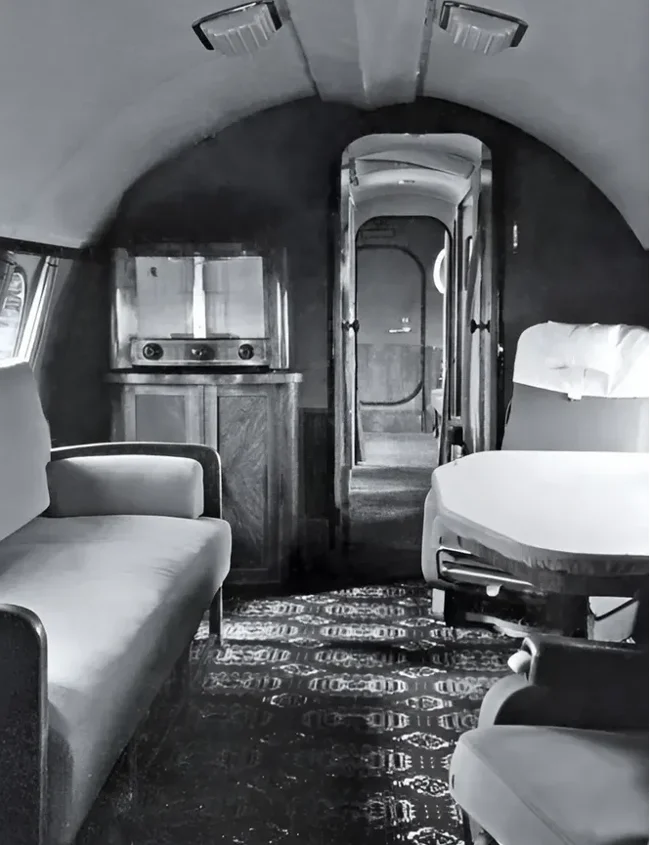
The “diplomatic bomber” received the designation Tu-116. It was ready and passed all tests in 1958 - a year earlier than the Tu-114. However, Khrushchev flatly refused to fly it to America. The cause was a ramp at the rear of the fuselage. Khrushchev, with his characteristic simplicity, said: “I should greet them standing high, at full height, from the door, and not crawl out of the ass of the plane.” Another leader was only too happy to demonstrate the power of his state, but then the ambitions of the narrow-minded “collective farm chairman” took over.
Fortunately, the Tu-114 was delivered on time. 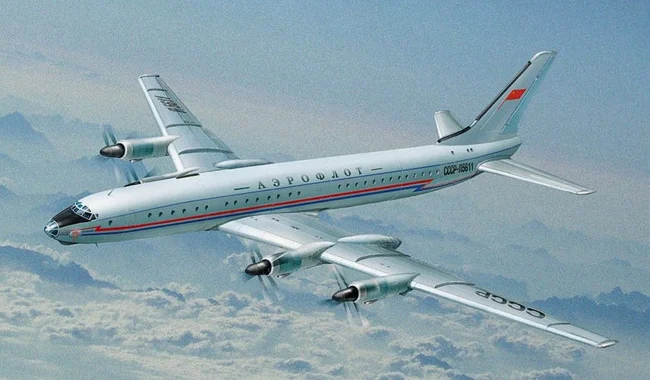
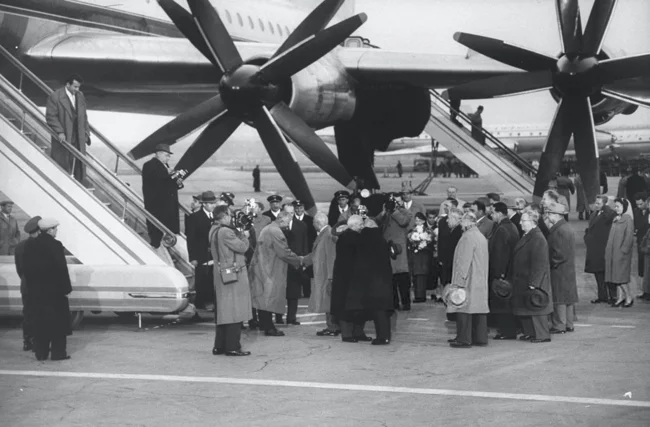
And two built copies of the Tu-116 were transferred to the Air Force, where they carried senior command personnel, various commissions and engineering teams until the early 1990s. One of them has survived to this day and is now in the Museum of the History of Civil Aviation in Ulyanovsk.
0 comments
